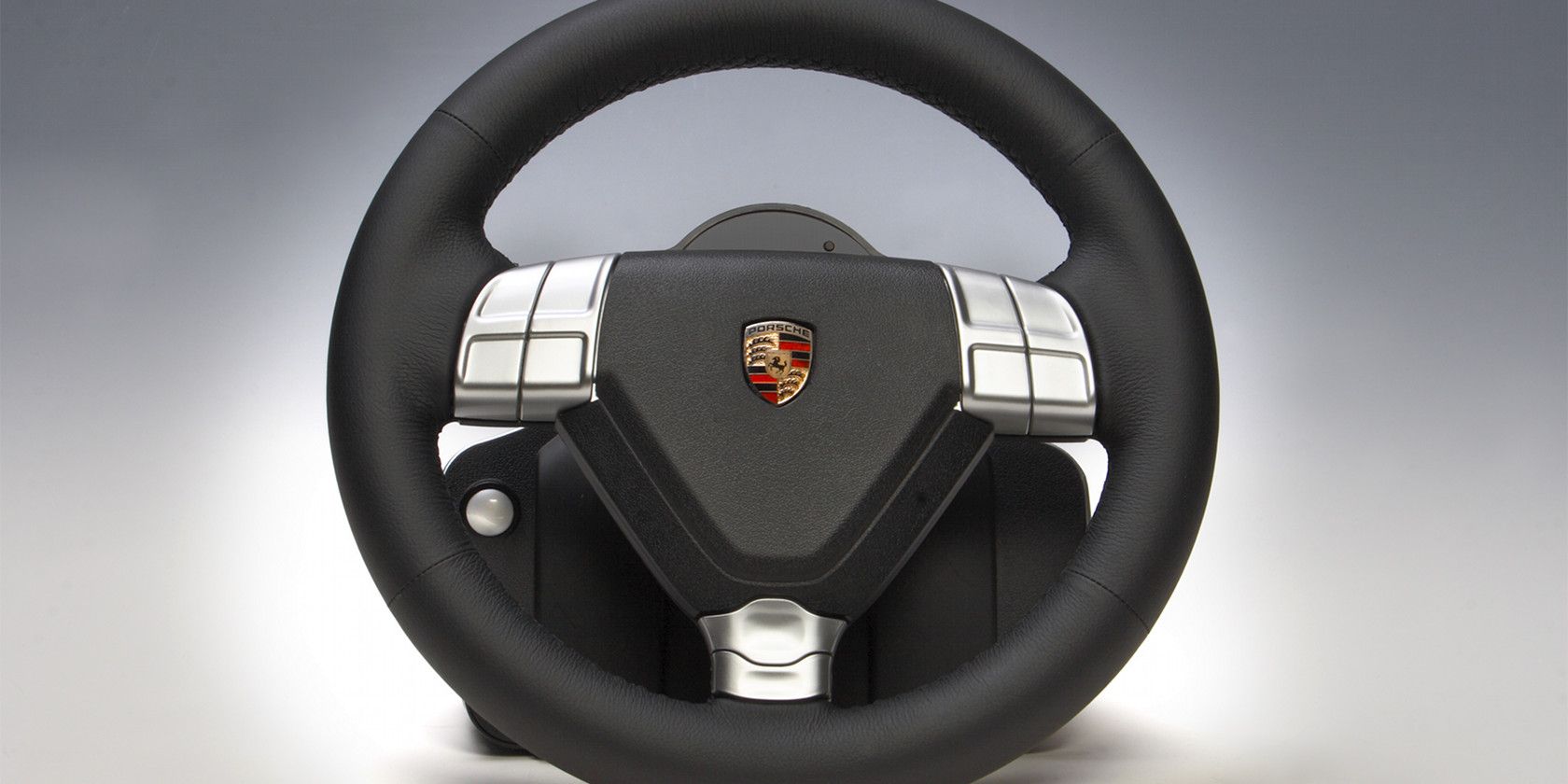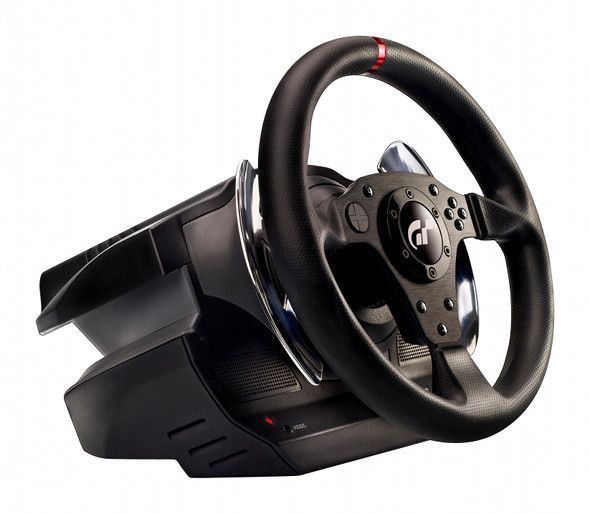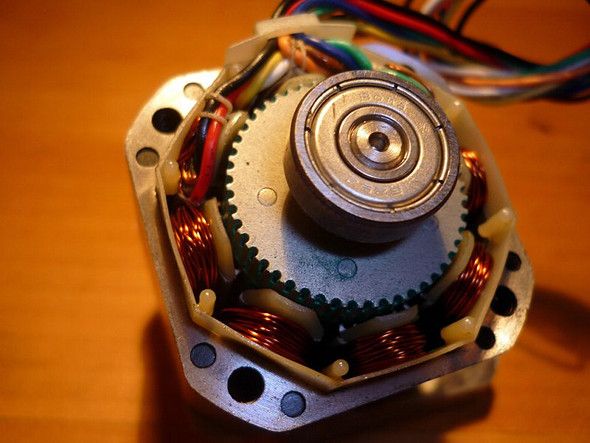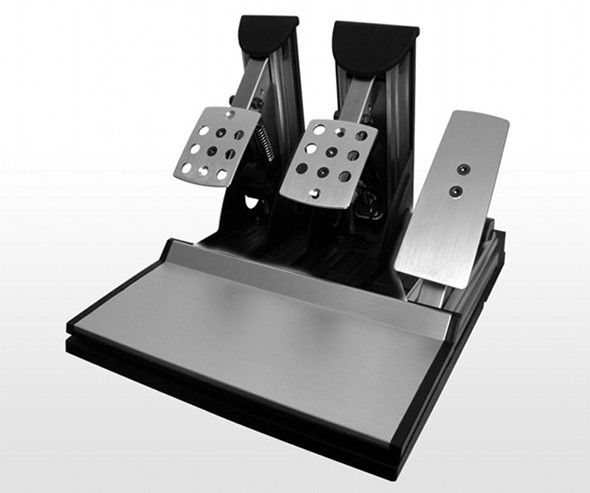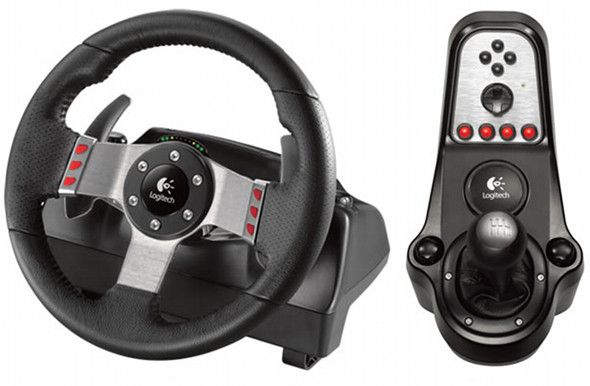Keyboard and mouse controls, though excellent for many genres, have always been a problem for racing games. Arrow keys are no substitute for a wheel. The rise of cross-platform controller support has lessened the issue by making it possible to play with a Xbox 360 gamepad, but for those who are seriously into virtual racing, a wheel remains the standard.
Just one problem; wheels can be very expensive. Spending $100 will net you a bargain basement model and the best wheels sell for more than $500. You’re going to want to know what you’re buying before you lay down that much dough. Here's a fast tour of everything you need to know.
Rotation And Wheel Size
PC racing wheels attempt to replicate the look and feel of a real wheel; some even license the look of a popular supercar, like that of the Ferrari 458 or Porsche 911. Yet creating a 1:1 scale replica of a steering column is very expensive and difficult for practical reasons.
This means that there’s usually a compromise in terms of size and rotation. Inexpensive wheels tend to be the smallest and have a range of rotation that's less than many road cars, while more expensive wheels come closer to the real thing. The Thrustmaster Ferrari Experience, which is usually $80 with bundled pedals, rotates 270 degrees. The company’s top-of-the-line T500rs, which is $550, offers 1080 degrees of rotation and a 12” diameter, making for a more realistic experience.
That’s not to say you’ll always use the full 1080 degrees, but it does provide more choice. Increasing rotation decreases input sensitivity. So if you were playing, say, Euro Truck Simulator 2, you might use the whole 1080 degrees to better simulate driving a big truck. If driving an F1 car, however, you might use less rotation to simulate their more agile, even twitchy responsiveness of an open-wheel racer.
Vibration And Force Feedback
Force feedback has been around for years, so you’d expect all racing wheels to offer it – right? Wrong. The least expensive PC racing wheels often advertise themselves as vibration or "force vibration" wheels. What this means is the wheel will vibrate like any modern gamepad, but there isn’t a motor inside that adds resistance to the wheel.
And you really do want that motor. As most people know from driving a real vehicle, bumps and jolts can often be felt through the steering column. Though we’re not conscious of it most of the time, the wheel is usually alive with feedback, particularly in a car with sporting intentions. Force feedback in modern racing games does a surprisingly good job of replicating that feel, and driving without it feels like…well, like playing a video game.
If you want to nerd out about it you can even look into the type of motor a wheel uses, and how it’s connected to the wheel. Inexpensive wheels like the Logitech Force Feedback GT often have a single motor connected to the wheel by a belt. The more advanced Logitech G27, however, has two force feedback motors, which allows for more complex reproduction of simulated feel. And the most expensive wheels use industrial motors that can replicate extremely strong forces, an effect you'll notice the next time you slide off the track.
Pedal To The Metal
A wheel is generally useless without pedals, so most come with a bundled set. If you’re buying an inexpensive wheel ($200 or less) you can expect mundane plastic pedals supported by a small spring, belt or elastic band. That works okay, but it's not the most durable choice.
A mid-range medal set, like Fanatec’s CSR Pedals, will be substantially more robust. While plastic may still be the main material, you’ll likely find beefier springs that provide more realistic resistance and metal panels or structure reinforcement for added durability. Adjustability is common, too, and makes it possible to change pedal spacing so that it works best with your particular feet. If only real cars had this feature!
Premium pedals like the CSR Elite up the ante with even more robust construction, the option to use a floor-hinged or suspended pedal arrangement, and an important sensor technology called a load cell. This sensor measures pressure, rather than pedal position, so driving the brake hard to the floor will create a different result than gently tapping it to the floor. Note, however, that only the most advanced racing simulations support load cells; check the racing games you play before splurging.
Considering A Clutch
Another important feature every buyer must consider is whether or not a manual gearbox with a clutch is desirable. If you choose to buy a wheel with a clutch, you’ll be able to realistically simulate the experience of driving a manual transmission. Wheels without a clutch can still shift, but rely on paddles behind the wheel instead of a dedicated shifter.
A clutch can add a lot to the simulation experience, but it also makes driving a lot more challenging and may not be appropriate for every game. Personally, I find that a clutch is annoying in arcade racers like Need For Speed, so I zoom around with an automatic transmission. Gamers who are not interested in hardcore simulation games shouldn’t consider a manual stick shift with a clutch mandatory.
Compatibility
The last issue you need to think about is compatibility. It’d be nice if one wheel could work on every platform, but that’s not the case. Instead, there is a strange split between PC/PlayStation and Xbox. Despite the fact that Microsoft develops Windows, wheels designed to work with a PC also function only on a PlayStation 3 or PlayStation 4 console. Yea, go figure.
You should also note that you’ll generally have to buy pedals from the same manufacturer as the wheel. This is a bit confusing because almost all pedals connect via a cord that looks like an Ethernet cable, so you can physically connect Logitech pedals to a Mad Catz wheel, or vice versa. But that doesn't mean the pedals will actually work.
Conclusion
In this guide I've covered a lot of exotic, premium features. The best racing wheels are truly awe-inspiring peripherals, and once you’ve used one, it’s not so hard to understand why they cost hundreds of dollars. But with that said, I don’t want to leave you with the impression that you must buy a premium wheel.
The basic features you should look for are bundled pedals, true Force Feedback (not just vibration) and 900 degrees of rotation. You can find all of these features on the Logitech Driving Force GT [Broken URL Removed], which usually sells for $125 on Amazon. Everything else is icing on an already tasty, and rather speedy, cake.
What racing wheel do you use while blazing down a virtual racetrack? Let us know in the comments!
Image Credit: Dolly1010/Wikimedia Commons

